
Iran is currently experiencing one of the worst droughts in its history. The government claims that is due to the decrease in rainfalls, however, according to environmental experts, it all points to the mullahs’ management of the natural resources.
Iran is taking groundwater indiscriminately
The People’s Mujahedin of Iran (PMOI / MEK Iran), and the National Council of Resistance of Iran (NCRI), reported that Iran is taking groundwater indiscriminately at a rate of 70% higher than the rest of the world.
As a result, it has developed into the world’s worst subsidence country. The leadership, on the other hand, continues to assert that the country lacks the capacity to store water.
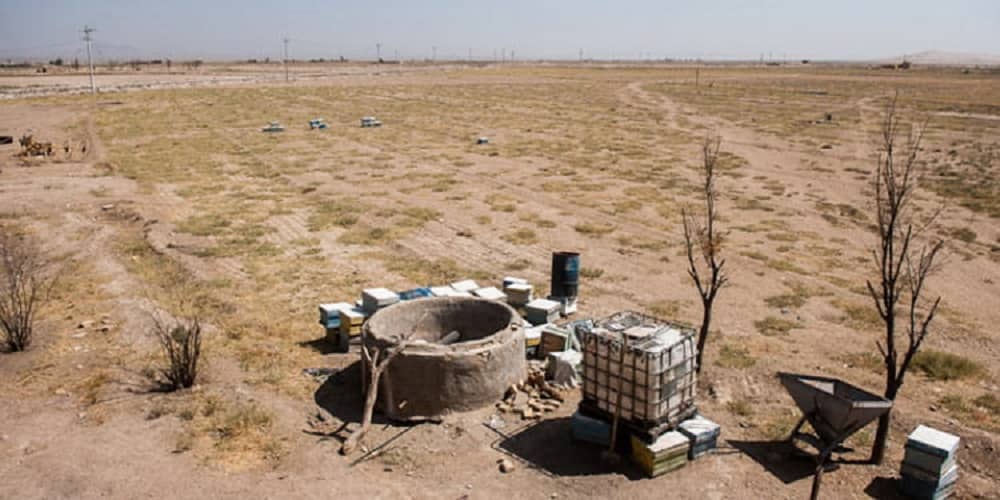
Water scarcity
Following the revolution in 1979, the regime claimed to have made the country’s agriculture self-sufficient in terms of external resources. Not only is this not the case, but the majority of the country’s primary food supply is imported.
Then they claimed that in order to become a major industrial power, they needed to focus on massive industries like steel. Despite the fact that the steel facilities were built near the sea, they were dispersed across the country. A country that is experiencing water scarcity should utilize its water resources for human consumption.
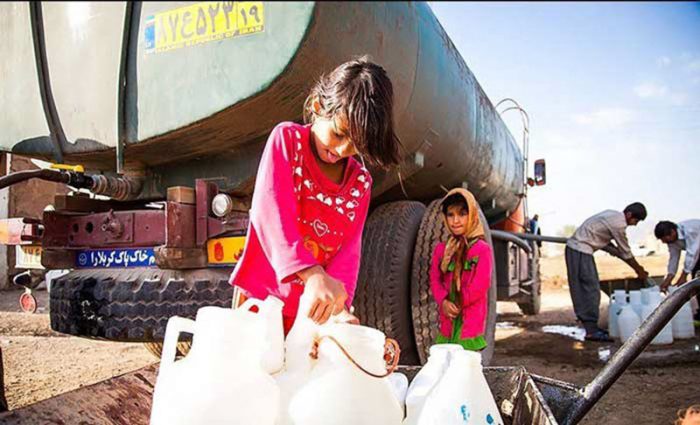
Disrupting the natural equilibrium
The Ministry of Water and Electricity, as well as the Ministry of Energy, used rudimentary methods to deliver enough water to the population, with the support of MPs and their nonsensical plans.
Thousands of wells and dams were erected around the country by the regime, disrupting the natural equilibrium of the surrounding ecosystems.
After forty years of destruction, there is no water for agriculture, and the majority of farmers are immigrating to the cities, disturbing the demographic balance and overloading cities.
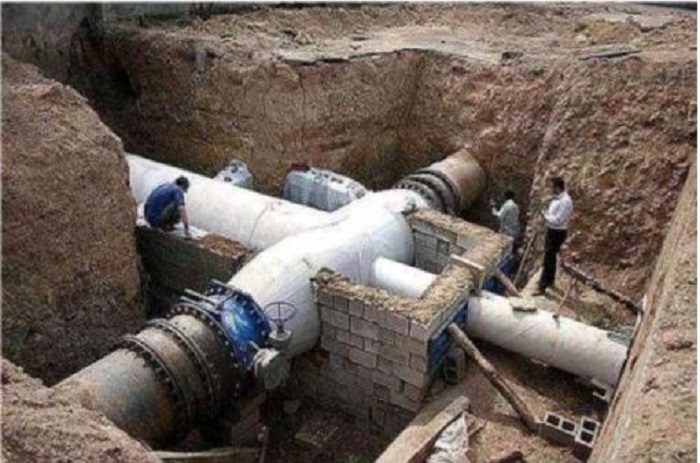
Many wetlands have dried up
Iran has 2800 wetlands, both small and large. The country’s wetlands cover a total of three million hectares, including 1.5 million hectares designated as international wetlands under the Ramsar Convention.
These three million hectares are comparable to 30,000 square kilometers; in comparison, the area of Tehran, which is 750 square kilometers, is 40 times that of the country’s wetlands. However, many wetlands have dried up or soon they will be dried.
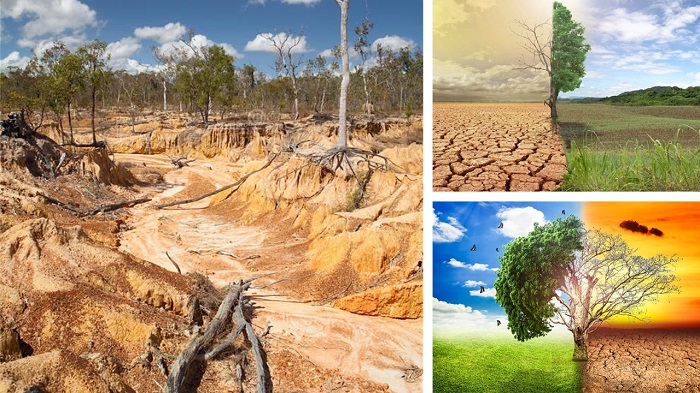
The wetland has dried up due to poor management
It is not possible to rehabilitate wetlands, even if they say that a rehabilitated wetland is wrong. They’re dumping sewage-contaminated sugarcane water into this wetland. The Gavkhoni swamp, for example, is said to have dried up the Zayandeh River. That is also false. This wetland has dried up due to poor management.
Dust rises from the swamp as a result of this. The government is also spreading bitumen wherever the sand is moving. When bitumen is strewn around, the entire area appears to be burned, the temperature coefficient rises, and many living species perish.
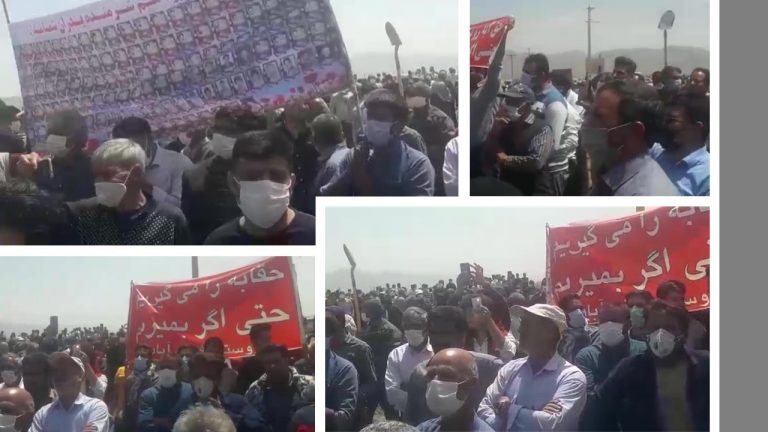
MEK Iran (follow us on Twitter and Facebook)
and People’s Mojahedin Organization of Iran – MEK IRAN – YouTube







